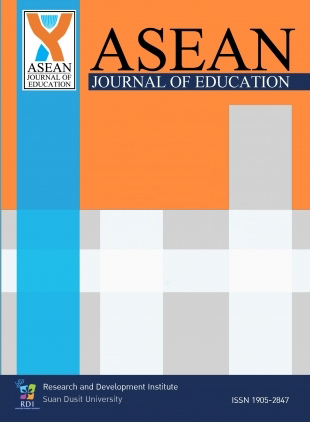Vietnamese skilled labor responds to job requirements in period 2011-2016.
Keywords:
labors, skilled labors, supply - demand of skilled/ qualified labors, shortages – surplusAbstract
In recent years, Vietnam labors’ skill has gradually improved. However, there still existing a gap between labors skill to the requirements of the work and the demand of labor market. This situation is clearly reflected though the unemployment rate of graduated student at college and university level and the shortages of skilled workers at vocational training. Currently, an imbalance between supply and demand of labor’s qualification to meet the requirements of the labor market is one of the most serious concerns of the education and vocation and training system in Vietnam in particular the development of national human resources in general. This paper uses Vietnam Labor Survey’s data (LFS) to analyze and assess the status of Vietnamese qualified/skilled labors to meet job requirements. Accordingly, the results point out the gap between the supply of skilled labors and labor market demand in general as well as the gap in every occupation and sector in the period 2011-2016. As a result, this paper provides the empirical evidence for the ineffective in current education and training system. The paper will propose effective and sustainable recommendations to adjust the policies of national human resource development, national education and training, labor and employment to meet the requirements development and integration of Vietnam in the coming years.
References
World Bank (2013), ”Skilling up Vietnam: Preparing the workforce for a modern market economy. Vietnam Development Report 2014”
World Economic Forum (2016), Regional Community Briefing “Human Capital Outlook Association of Southeast Asian Nations (ASEAN)”
International Standard Classification of Occupations 2008 (ISCO-08);
Statistic yearbooks from 2010 to 2015, GSO; Vietnam Occupation Standard Classification 2007 (VSJC)
Downloads
Published
How to Cite
Issue
Section
License
1 All articles will undergo a formal peer-review. A panel of experts from within or without the university will examine the article; approval from a minimum of two experts is required for publication. Revisions posed by the experts must be completed by the research prior to publication.
2 Once published in the ASEAN Journal of Education, the article becomes intellectual property of Suan Dusit University. Duplication, in full or part, requires permission from Suan Dusit University.
3 Excluding errors incurred during printing, author(s) are responsible for the content of their articles.





